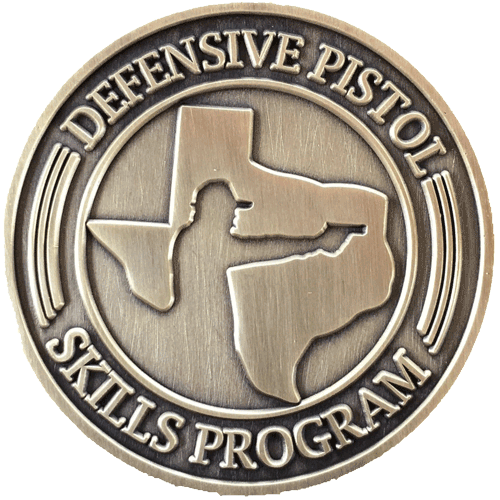Emergency Preparedness
Here are some tips on equipment and training that may help you be better prepared to deal with emergency situations.
BASIC SURVIVAL
You can survive 3 minutes without air, 3 hours without shelter (in cold weather), 3 days without water and 3 weeks without food. If you are in a situation without power, water, communications or transportation, having some basic survival supplies will make a difference, whether you are stuck in the house during a ice storm, trapped when floodwaters close roads, sitting in an airplane for hours on a runway, or any other bad situation.
These lists are broken down into three categories. If you are only willing to put together a small kit, get everything on the 'essential' list. 'Good to have' are items that add convenience and comfort, and 'worst case' items are things you probably won't need but will want very much if you do need them.
Shelter-In-Place (home)
Essential supplies for 3 days
Food (non perishable)
Water (1 gallon per person per day)
Medicines & glasses
Lights & batteries or glowsticks
Tools (knife, can opener, wrench, pliers)
Warm clothes / sleeping bag / blankets
Infant formula & diapers
Pet food / water / meds
Good to have
Battery Powered or hand crank radio
NOAA Weather radio & batteries
Moist towelettes, garbage bags and plastic ties
Personal hygiene items
Cash
Paper towels, paper plates & cups, utensils
First aid kit & first aid book
Cell phone and spare cell phone battery
More tools (crowbar, rope, screwdriver)
Hand sanitizer
Worst case items
Local maps
Documents (contact numbers, medical info, home and medical insurance info, passport, driver’s license, photos of family members)
Foul weather gear & shoes
Water purification tablets
Matches in waterproof container
Whistle or signal mirror
Self defense weapons
Car Emergency Kit Items
Essential supplies for 12 hours
Food (non perishable)
Water (1/2 gallon per person)
Medicines & glasses
Flashlights & batteries or glowsticks
Multitool & pocket knife
Cell phone & car charger
Jumper cables
Ice scraper
Good to have
Foul weather gear & shoes & gloves
Mylar space blanket
Reflective vest
Flares/Glowsticks/Warning triangles
Cash
First aid kit & first aid book
Spare cell phone battery
Maps/GPS
Sunscreen/bug repellant combo
Hand sanitizer
Worst case items
Documents (contact numbers, medical info, home and medical insurance info, passport, driver’s license, photos of family members)
Self defense weapons
Airplane Emergency Kit Items
Essential supplies for 12 hours
Food (non perishable)
Water
Medicines & glasses
Cell phone & spare cell phone battery
Cash
Good to have
Flashlight & batteries or glowstick
Pain reliever
PeptoBismol/Imodium
Cough drops
Inflatable neck pillow
Documents (contact numbers, medical info, home and medical insurance info, passport, driver’s license, photos of family members)
Handkerchief
Mylar space blanket
Nitrile gloves
Hand sanitizer
Worst case items
Items that can be used as improvised self defense weapons
EMERGENCY RESPONSE
The average response times for police, fire and EMS are between 5-10 minutes in most major cities, longer in rural areas. Response times usually increase during major events, on weekends, and in bad weather. In some extreme situations such as an active shooter, law enforcement will not allow medical and fire responders into the scene until they have declared it 'safe'. This could take significantly longer than 5 minutes.
Whether the emergency is personal defense, fire, or medical there are skills and equipment you can use to improve your odds of survival.
Skills
CPR training
First aid training
Experience using a fire extinguisher (having one is good, practice using one is much better)
Evacuation plan (and practice following that plan)
Family/office emergency plan (and practice following that plan)
Experience using pepper spray (having it is good, practice using it is much better)
Unarmed self defense training
Folding knife self defense training
Firearm self defense training
Equipment
First aid kit that includes items to treat more serious wounds (tourniquet, compression bandage).
Fire extingusher(s)
Less lethal weapons (pepper spray, Taser)
Lethal weapons (long gun, handgun, knife)

